From the January issue of Apollo: preview and subscribe here
‘Ah, did you once see Shelley plain?’, wrote Robert Browning in ‘Memorabilia’, reminding his readers of how difficult it is to view any literary or artistic figure clearly once they have passed into a hazy afterlife of anecdote and rumour. Few of Browning’s Victorian contemporaries are as hard to see plainly as the portrait photographer Julia Margaret Cameron (1815–79), the bicentenary of whose birth was celebrated last year. From the time she took up photography in 1863, to her departure in 1875 for the family’s coffee plantations in Ceylon, stories clustered around her like iron filings around a magnet.
Her neighbours in Freshwater, on the Isle of Wight, spoke in hushed tones of her habit of waylaying famous visitors, or strangers with interesting faces, before charming (or cajoling, or bullying) them into posing for her. Browning himself was once discovered motionless, too terrified to move, after she had left to prepare a photographic plate and forgotten about him. Indeed, there were frequently times when Cameron appeared to be less a real person than a character in a novel who had wandered into life by mistake.
She was far from being the only Victorian who used a camera to create instant fixes of beauty and celebrity. Constance Fox Talbot, the wife of photography pioneer Henry, called the first cameras ‘mousetraps’: little wooden boxes that were designed to flatten the objects that came into their path. Another commentator noted with gloomy satisfaction that photographers were becoming used to capturing the surfaces of life ‘as they hunt the cattle in South America, for their skins’. Yet few of Cameron’s contemporaries set about their task with her particular combination of steely resolve and unassailable self-confidence.
A good cross-section of the results can be seen at the Science Museum in London, where a fat album of 94 photographs presented to Sir John Herschel, who first introduced her to photography, has been dismantled and the original sheets put on display (until 28 March). They include some of Cameron’s most famous images: a chiaroscuro Thomas Carlyle emerging from, or perhaps backing away into, the shadows; a pouchy-eyed Tennyson swathed in black and looking grimly resigned to his fate; Iago, an Italian man with stubbly good looks, whose downcast eyes make him appear both romantically introspective and frankly shifty. Each is a triumph of Cameron’s powers of persuasion. Lined up on the walls of the museum, they resemble a prize set of butterflies pinned to a board.
Alongside these photographs is one of Cameron’s camera lenses. A chunky piece of engineering bound in brass, it looks more like a ship’s navigational instrument, although in some ways its appearance of shiny efficiency is misleading. A relatively short focal length, and fixed aperture of about f/6, meant that when it was used in conjunction with the type of camera Cameron preferred, it was almost impossible to get every part of her large glass negatives in focus. Yet while other photographers might have responded by altering some aspect of their approach – putting their subject further away, for example, or changing the size of their plates – Cameron happily embraced the results. In her eyes, their slightly smudged outlines were not technical errors but picturesque triumphs. Rather than reproduce her subjects with pin-sharp accuracy, her chosen technique applied a filter of vagueness, as if a photograph was less like a neutral window opening up onto the past than a slightly fuzzy memory of it.
Many of Cameron’s photographs were equally hazy in their intended meaning. The titles she chose for some of her favourite images – Spring, Light and Love, and so on – made it clear that she intended them to carry the same allegorical significance as a Pre-Raphaelite painting. Yet very few of these titles anchor their subjects with any certain success. Although Cameron follows the Biblical parable by giving The Five Wise Virgins oil lamps, in other ways there is little to distinguish them from The Five Foolish Virgins beyond some small variations in the crispness of the bed sheets covering them. The titles of The Turtle Doves (which depicts two children embracing and kissing) and The Double Star (ditto) would be similarly easy to swap.
Such personal quirks made it easy for Cameron’s critics to dismiss her as an irrelevance or an embarrassment to the burgeoning field of photography. The mixture of epic ambition and homespun solutions in some of her work – such as another set of bed sheets that form the sails of the boat transporting the dead King Arthur, illuminated by a crescent moon she has scratched into the negative by hand – made it all too easy to treat her with amused condescension at best, or sneering derision at worst. The line between the sublime and the ridiculous, in particular, was one that she was far more willing to tread than some of her viewers. Even Coventry Patmore’s generally favourable review in 1866 found itself adopting an awkwardly joshing tone when pointing out that Cameron ‘was the first person who had the wit to see her mistakes were her successes, and henceforward to make her portraits systematically out of focus’.
If photography was literally ‘writing with light’, what such criticism made clear was that the most suitable genre of writing for this new art form was not fantasy or fable. It was realism. Anything else, as Art Pictorial and Industrial argued in 1870, was ‘as logical as employing a steam-engine to draw a cork or thread a needle’. Attempting to bring out in a portrait ‘the greatness of the inner as well as the features of the outer man’, as Cameron claimed, was considered no more sensible than the efforts of some spiritualists to obtain the impressions of nightmares by suspending sensitised photographic plates over their sleeping subjects.
Viewed in this context, Cameron was merely a comic figure: a busy jumble of exotic scarves and badly focused ambitions who needed to be kept in her place. The assumption that, as a woman, she was inherently incapable of mastering the complicated science of photography was never far from the surface of critical reviews, just as it was never considered possible that in some of her campest theatrical compositions she may have been in on the joke. (A friend who played Vivien in her dramatic tableau Vivien and Merlin later recalled that Cameron’s husband, Charles, who was playing Merlin, spoiled many plates because he could not stop chuckling.) The truth was very different. As a major retrospective at the Victoria and Albert Museum reveals (until 21 February), Cameron was far more than a canny self-promoter. Her fuzzy portraits were the result of one of the sharpest and most energetic eyes of the age.
The exhibition begins with her ‘first success’: a portrait of Annie Philpot, the daughter of a local family, who managed to stay still without laughing after an appeal to her feelings and a warning about ‘the waste of poor Mrs Cameron’s chemicals and strength if she moved’. In her fragmentary 1874 autobiography Annals of my Glass House, Cameron later wrote that she was ‘in a transport of delight’, and ‘ran all over the house to search for gifts for the child’. Her reaction was partly a reflection of the fact that children were among the hardest subjects to photograph without them dissolving into a fidgety blur. ‘You don’t seem to know how to fix a restless child,’ Lewis Carroll told the artist Emily Gertrude Thomson in 1893, ‘I wedge her into the corner of a room, if standing, or into the angle of a sofa, if lying down.’
The association of children and photography was also a popular one at the time. As a young art, photography was often depicted as a child: in 1856, a few years before Cameron bought her first camera, Oscar Rejlander had exhibited his allegorical study Infant Photography, in which the hand of an artist is seen taking a new brush from the chubby hand of a baby. But there were also more subtle and sideways connections between photography and children. The photographic process depended on the prepared plate being perfectly clean and unblemished, making it in many eyes the ideal home for a child. In an age of high infant mortality, capturing a child on film before it could grow up also added an instant air of pathos to a photograph like Cameron’s I Wait, which depicts a little girl with a cherub’s (actually a swan’s) wings leaning on a wall in a modern imitation of Raphael’s famous putti. Is she waiting to grow up or waiting to die? A similar ambiguity hovers around all of Cameron’s photographs of children, fixed on paper in various shades of grey as if caught in a state of permanent twilight.
One of the greatest surprises of Cameron’s life was that such haunting images could emerge from such a ramshackle studio (converted from a chicken coop) and dark room (originally a coal-house). The V&A exhibition’s curator, Marta Weiss, opts for a more orderly arrangement, tidying up Cameron’s works into four broad categories, and fixing them on blood-red walls with neat matching frames. However, the category that leaps out from her selection is technically the most unruly: photographs that reveal how often Cameron depended upon creative accidents to produce her most characterful work. Seen from one perspective, the section is a riot of errors and poor judgement: cloudily over-exposed images; torn and peeling paper; smudged and scratched negatives; crudely aligned combination prints. Seen from another perspective, however, it is a fascinating peek inside the mind of a restlessly experimental artist.
The contrast with a contemporary like Lewis Carroll could not be sharper. The word Carroll often returns to in his diaries and letters when writing about his photographs is ‘failure’. That is because one of photography’s main appeals for him was that, like religion or mathematics, it was a matter of all or nothing. A photograph was either a success or a failure; his hobby was in every sense a black and white affair. Cameron, by contrast, was happy to collaborate with contingency; her technical failures were among her greatest artistic successes. Every blot, every ghostly outline created by a slightly moving subject, reminded the viewer that these photographs were not only moments that had been sliced out of time. They were also marked by the passage of time.
Like most photographic exhibitions, the central figure of the photographer is mostly absent from the V&A’s walls, yet Cameron’s presence is felt everywhere, from the scattered evidence of her talent for friendship to the sheer fact that every image reveals what she saw with her own eyes. Nothing would have pleased her more. When the V&A was still the South Kensington Museum, it had been her most enthusiastic institutional backer, holding the first public exhibition of her work in 1865, and giving her two rooms in 1868 to use as a London portrait studio. Yet if she was grateful for the museum’s support, she also saw it as no less than her due. At the heart of this exhibition is a series of letters in which she glories in her work, promising that it will ‘electrify you with delight & startle the world’, and urging the museum to purchase more of it. The handwriting in these letters is bold and energetic; the catalogue describes it as ‘loopy’, which nicely captures Cameron’s eccentric artistic sense. Indeed, there are times when her handwriting appears to be trying to escape from the notepaper altogether, as if her imagination was too large to be kept within its confines. Many of the photographs brought together in this outstanding exhibition appear to have similar ambitions for themselves.
‘Julia Margaret Cameron’ is at the Victoria and Albert Museum, London until 21 February; ‘Julia Margaret Cameron: Influence and Intimacy’ is at the Science Museum, London, until 28 March.
Click here to buy the latest issue of Apollo
Unlimited access from just $16 every 3 months
Subscribe to get unlimited and exclusive access to the top art stories, interviews and exhibition reviews.

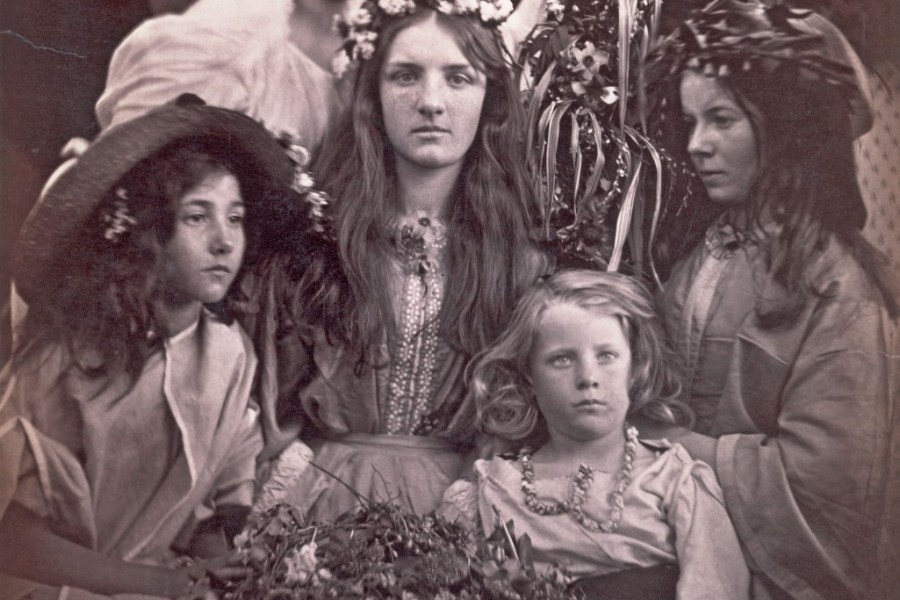
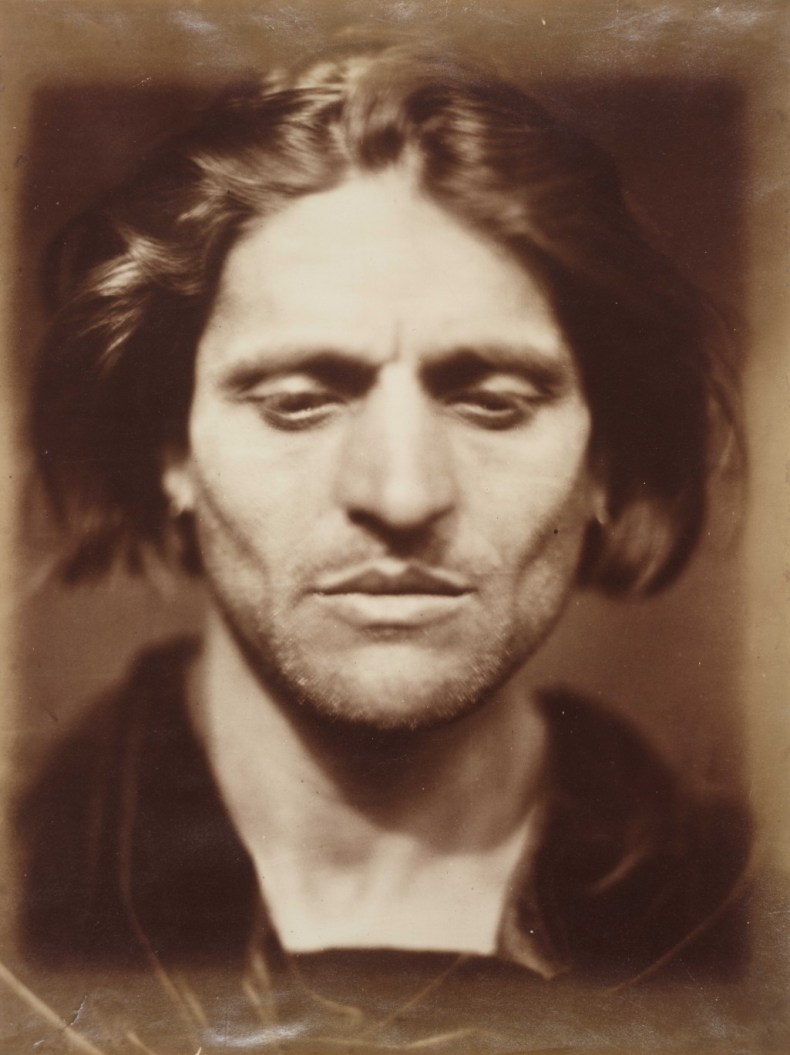
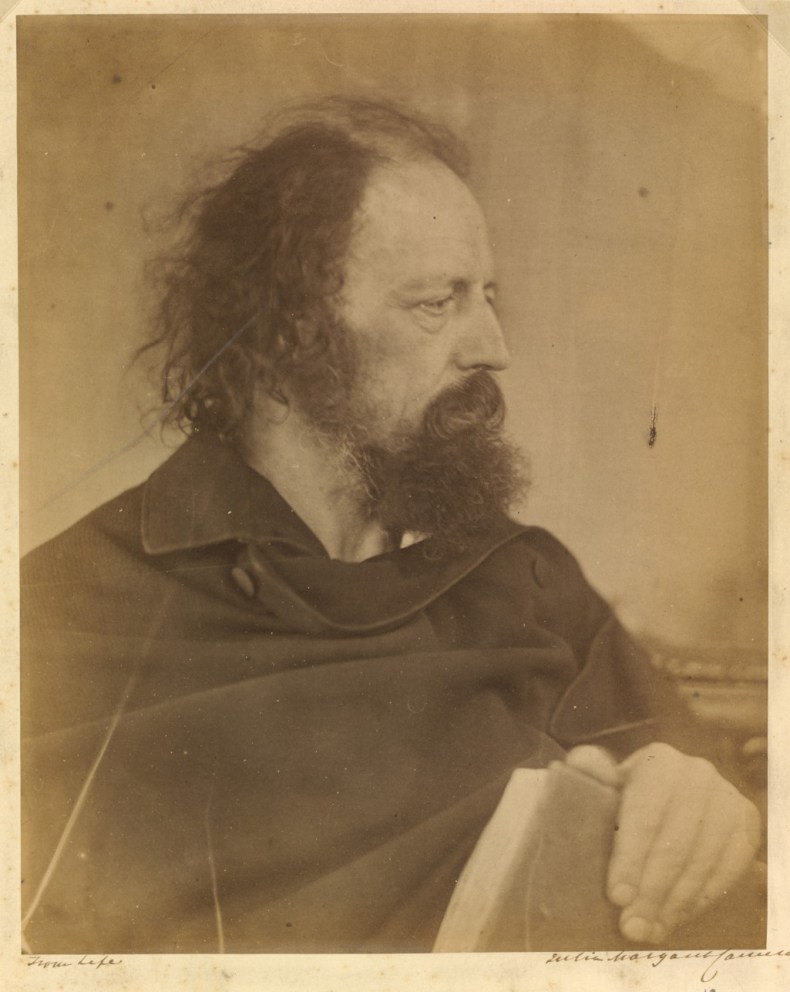
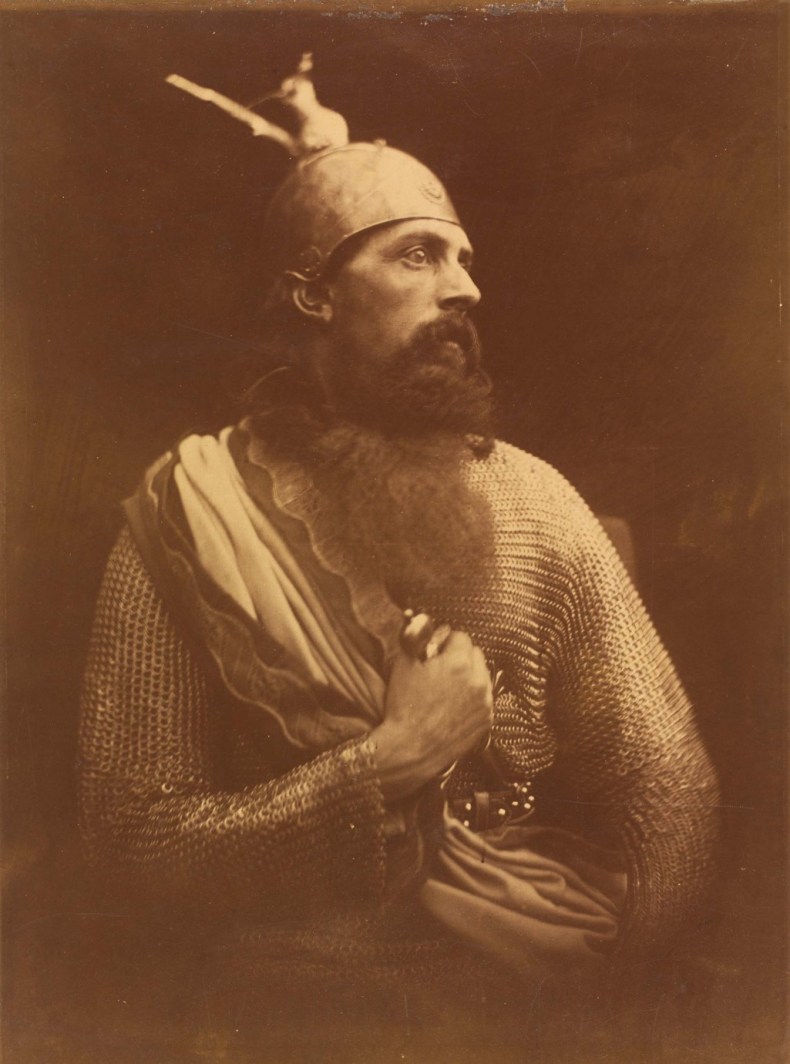
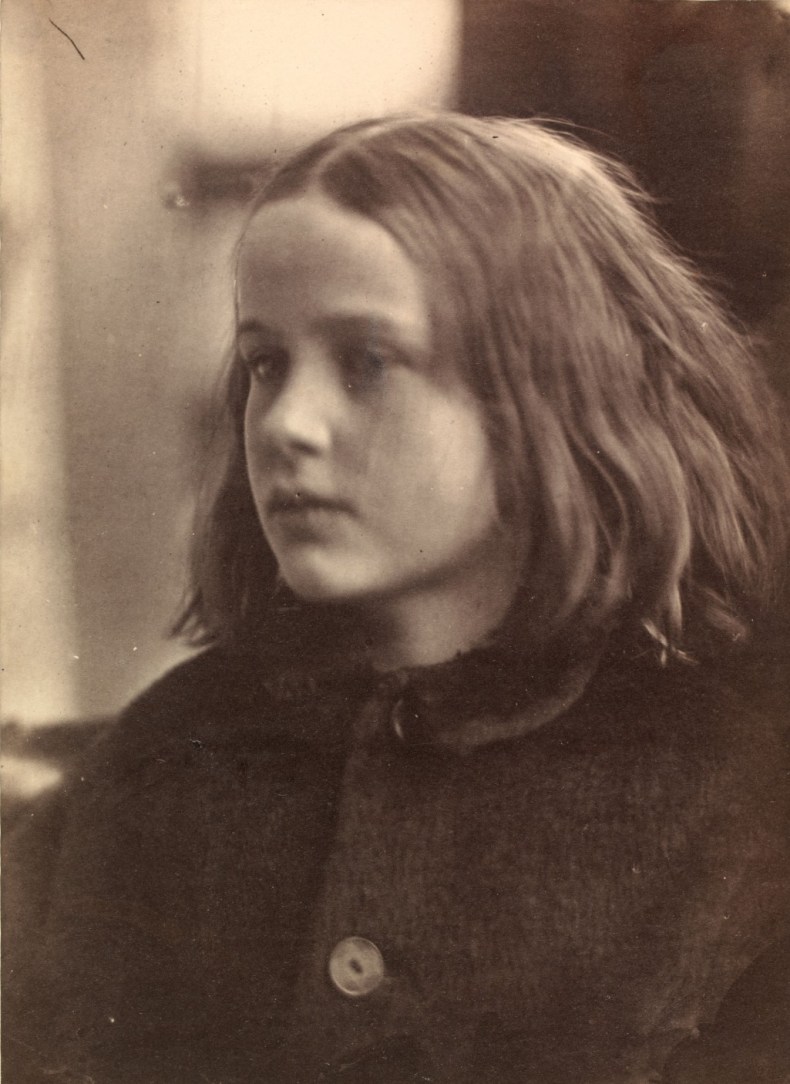
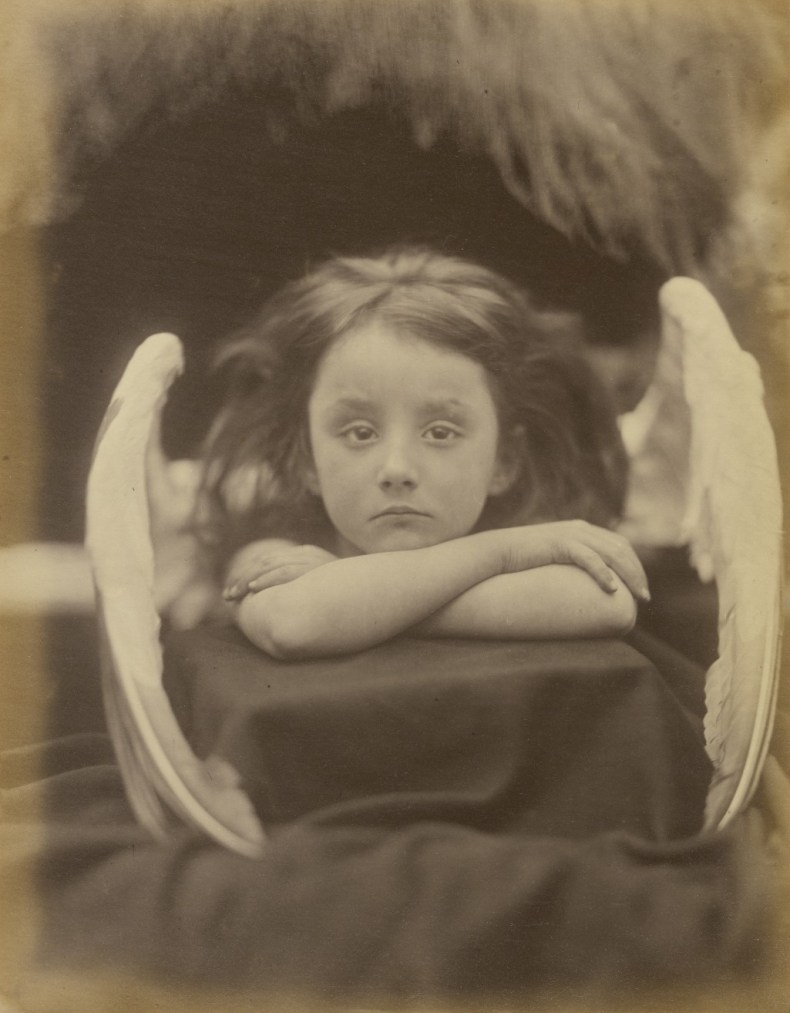
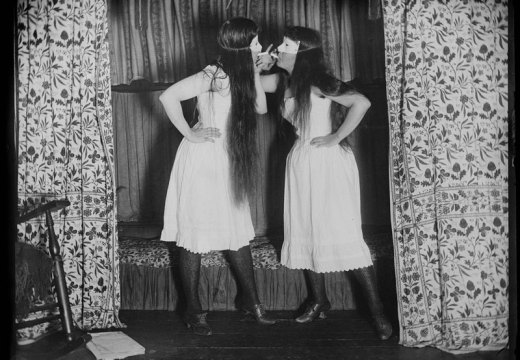
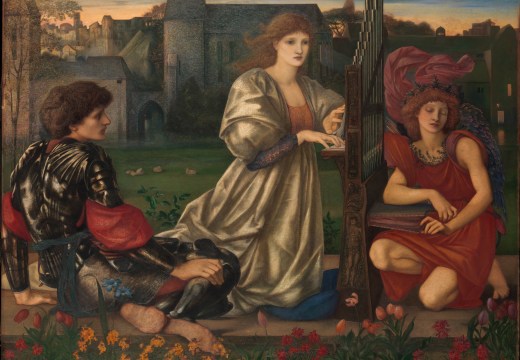
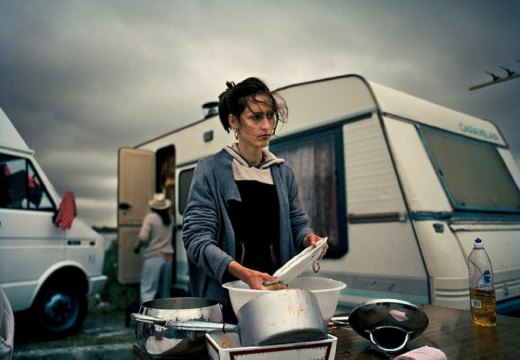









![Masterpiece [Re]discovery 2022. Photo: Ben Fisher Photography, courtesy of Masterpiece London](http://www.apollo-magazine.com/wp-content/uploads/2022/07/MPL2022_4263.jpg)
It’s time for the government of London to return to its rightful home